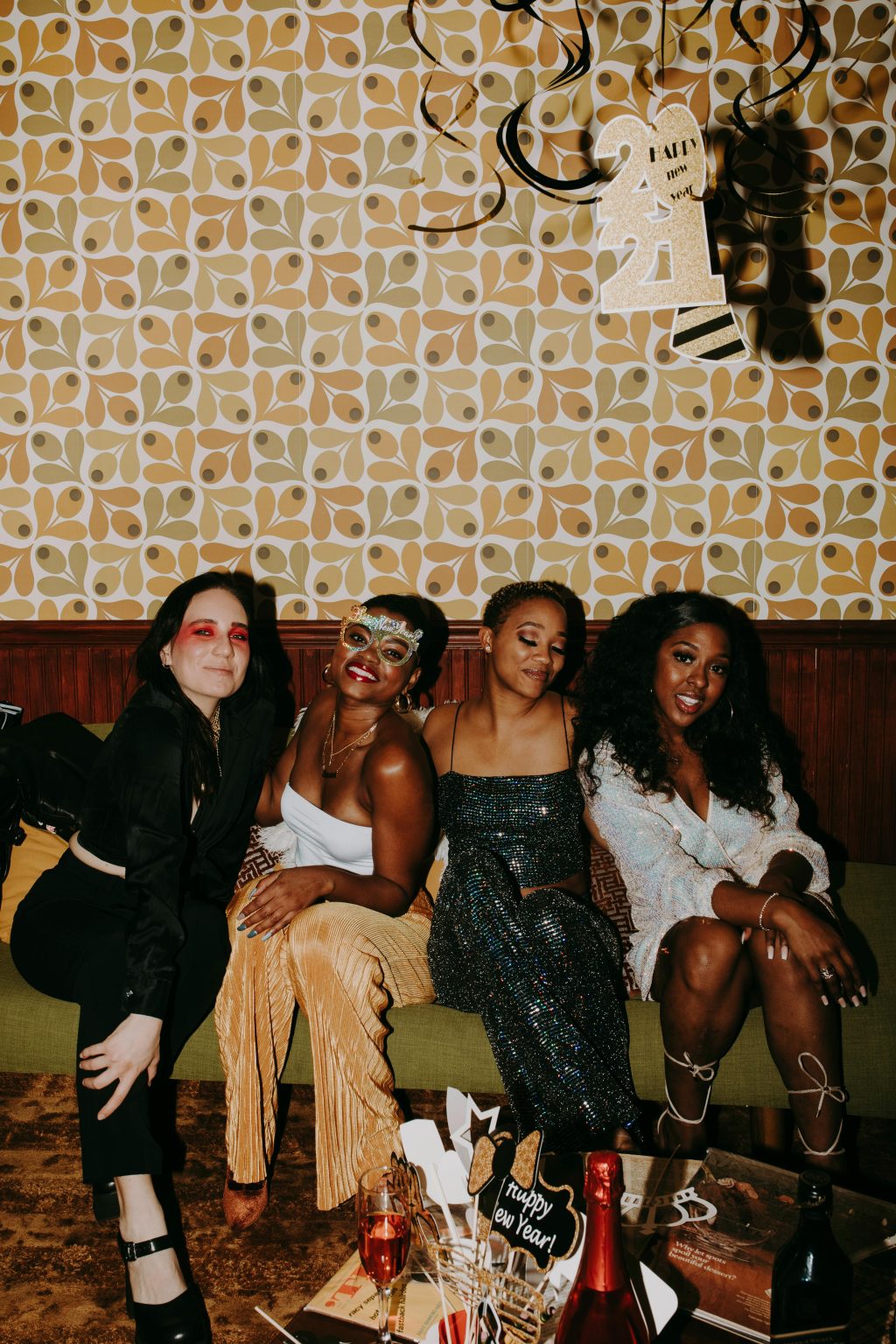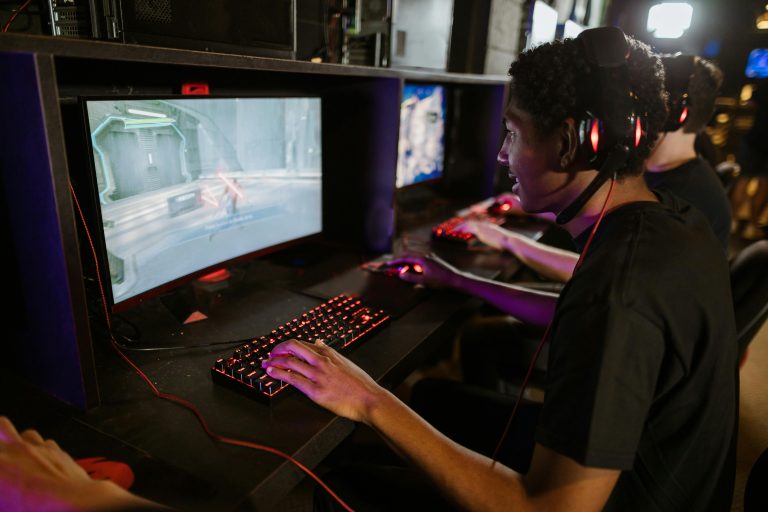
If you’ve observed a teenager or young adult in 2025, the scene is unmistakable: head down, thumb scrolling in a rhythmic, almost hypnotic flick, their face illuminated by a rapid-fire succession of ultra-short videos. This isn’t just a pastime; it’s a cultural cornerstone. For Generation Z, those born between the late 1990s and early 2010s, short-form video platforms like TikTok, Instagram Reels, and YouTube Shorts are not merely apps on a phone—they are primary sources of entertainment, education, community, and commerce. Their obsession, often misunderstood by older generations, is not a random fluke of the digital age. It is a perfectly rational response to a world of information overload, a deep-seated need for authentic connection, and the evolution of the very nature of storytelling itself. This report dives into the core reasons why short-form video continues to dominate the attention economy and define Gen Z culture in 2025.
The Perfect Fit for the Gen Z Brain: Cognitive Resonance
Gen Z is the first true generation of digital natives, having never known a world without the internet, smartphones, and instant access to global information. This constant connectivity has, according to numerous studies, shaped their cognitive patterns towards faster processing of visual stimuli and a lower tolerance for delayed gratification. Short-form video is the medium engineered for this neurology.
The defining feature is the format itself: videos typically under 60 seconds, often as short as 15 seconds. This micro-entertainment model delivers a powerful hit of dopamine—the neurotransmitter associated with pleasure and reward—in an incredibly efficient package. Each swipe promises a new surprise, a new laugh, or a new piece of fascinating information. This creates a variable reward schedule, a powerful psychological principle that makes the activity incredibly compelling and habit-forming. In a world saturated with demands on their time, from academics to side hustles, short videos offer a guaranteed and complete experience with minimal investment, perfectly aligning with their efficiency-first mindset.
Beyond Entertainment: The Rise of Micro-Learning and Practical Skills
While dance trends and comedy skits still garner massive views, the utility of short-form platforms has exploded in 2025. Gen Z is increasingly turning to these platforms not to zone out, but to skill up. This is the era of micro-learning.
Scroll through any feed, and you’ll find a vast repository of knowledge condensed into digestible chunks.
- Quick DIY Fixes: A 45-second video on how to fix a wobbly chair leg or unclog a drain.
- Career & Finance Tips: A financial expert breaking down complex topics like Roth IRAs or credit scores in under a minute.
- Academic Support: A science educator using quick cuts and animations to explain the Krebs cycle.
- Software Tutorials: A graphic designer showing a hidden Photoshop shortcut in 30 seconds.
This shift transforms passive consumption into active, purposeful engagement. For a generation facing immense pressure to be multifaceted and adaptable, these platforms serve as an always-accessible, free, and highly engaging university for life skills.
The Unmatched Power of Authenticity and Community
Gen Z has a well-documented aversion to the overly polished and disingenuous marketing that dominated the previous decade. They crave raw, relatable, and authentic content. Short-form video, often shot spontaneously on a phone with minimal editing, is the antithesis of a high-budget TV commercial. The low production barrier allows for genuine human connection.
This authenticity fosters powerful micro-communities. Algorithms are exceptionally adept at connecting users with niche interests, whether it’s vintage car restoration, a specific video game, rare houseplants, or a shared cultural experience. Users don’t just watch; they participate. They duet, they stitch, they comment, and they create their own responses. This interactive ecosystem creates a sense of belonging and shared identity that is often harder to find in the physical world. A creator talking candidly about their mental health struggles or a failed project can resonate more deeply than a celebrity endorsement, building trust and loyalty that brands can only dream of.
The Evolution of the Creator Economy and Side Hustles
In 2025, “What do you want to be when you grow up?” has a new common answer: “A creator.” Short-form video platforms have democratized fame and fortune, creating a viable and lucrative creator economy. For Gen Z, these apps are not just for consumption; they are potential career launchpads and side hustle engines.
The path is clear: build an audience with engaging content, then monetize through brand partnerships, affiliate marketing, platform creator funds, and selling your own products or services. A teenager with a unique fashion sense can become a trendsetter and partner with clothing brands. A home cook can leverage their viral recipe video to sell a digital cookbook. This tangible potential for financial independence and creative entrepreneurship is a massive driver of engagement. It reframes time spent on the app not as wasted, but as potentially productive—researching trends, understanding audiences, and honing a valuable digital skill set.
Conclusion: More Than a Trend, A Cultural Shift
The obsession Gen Z has with short-form video is far more than a simple preference for quick entertainment. It is a multifaceted phenomenon rooted in cognitive compatibility, a thirst for practical knowledge, a deep desire for authentic community, and the allure of economic opportunity. These platforms have successfully evolved into all-in-one hubs for everything a young person needs in the modern world: connection, education, and inspiration. As technology continues to advance with AI-driven personalization and more immersive formats like AR, the influence and integration of short-form video into daily life will only deepen. It is not a trend that will fade; it is the new paradigm for communication and content consumption, and Gen Z is leading the charge.






